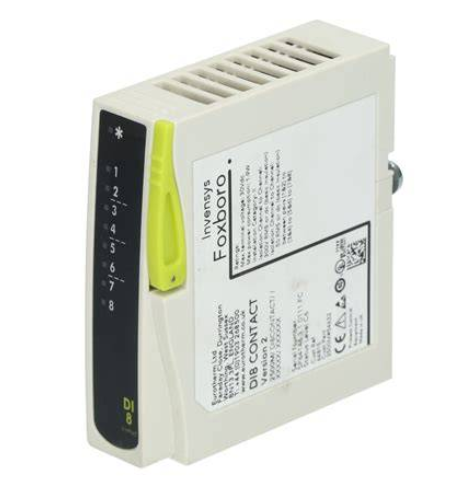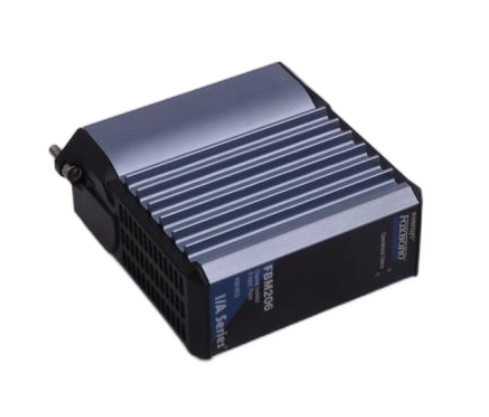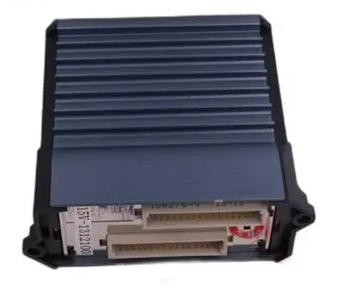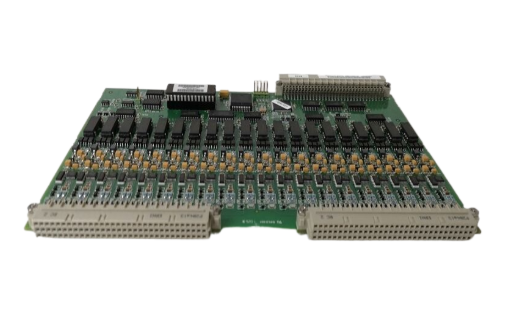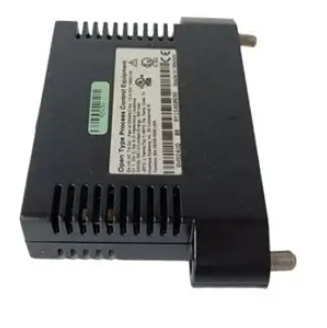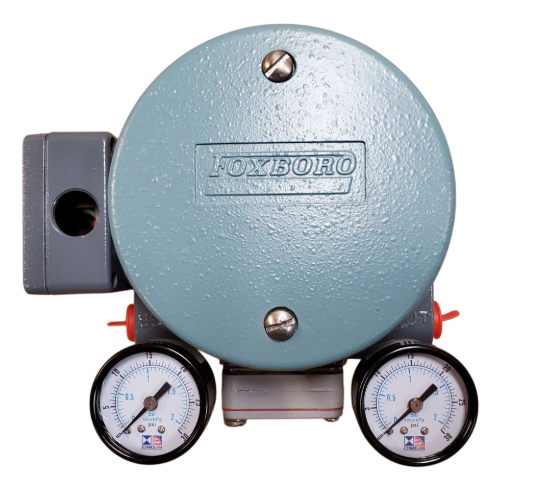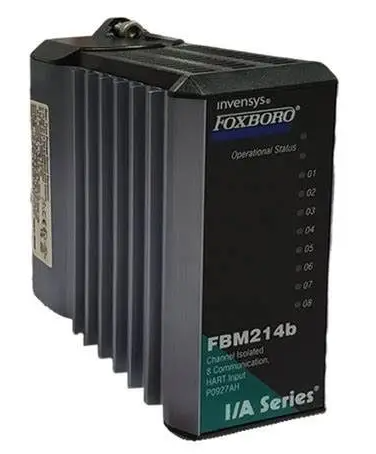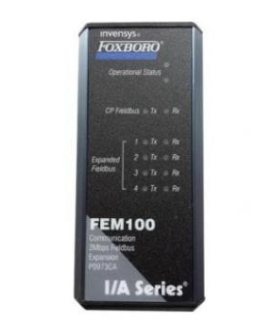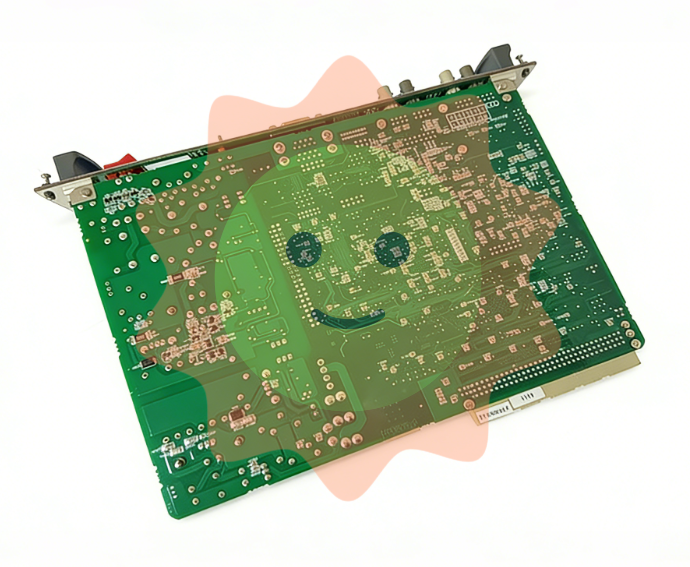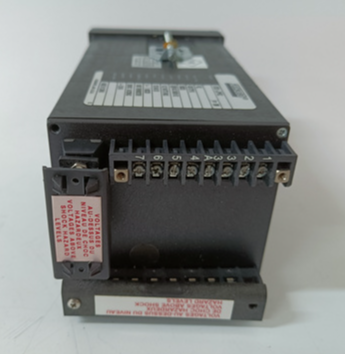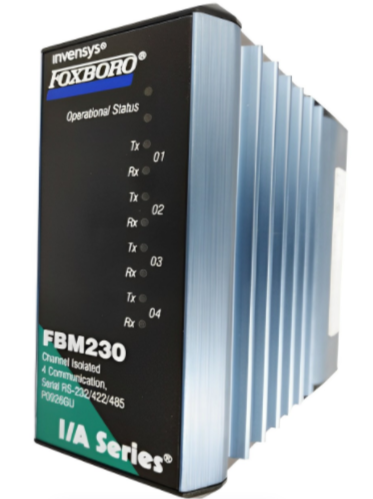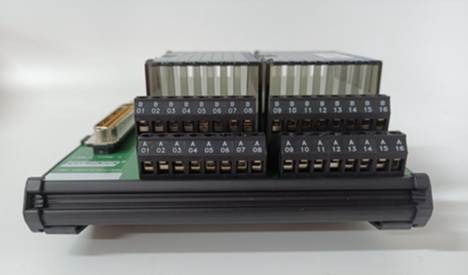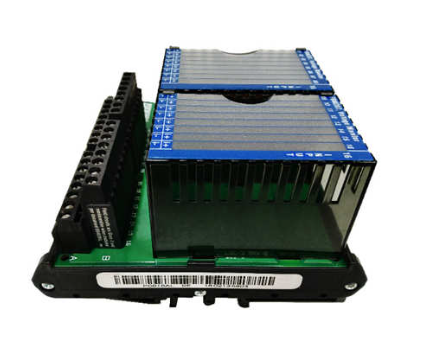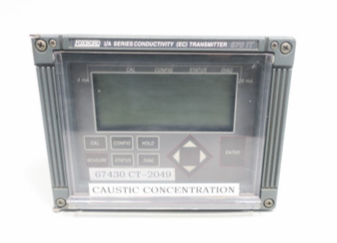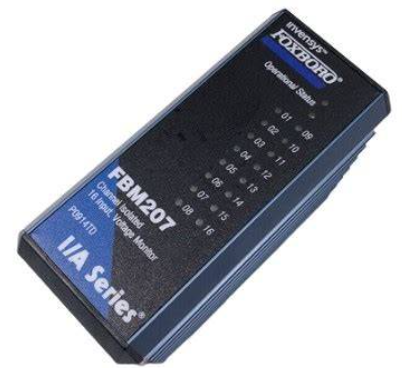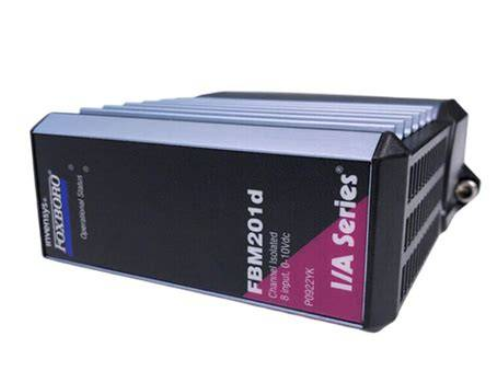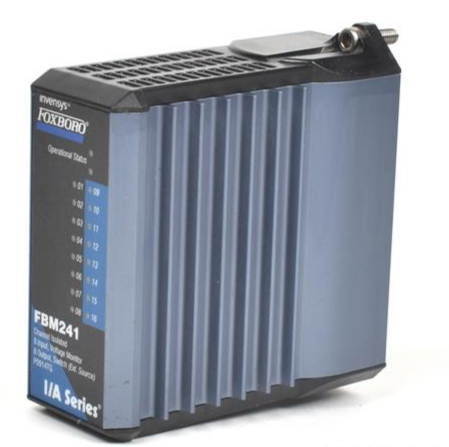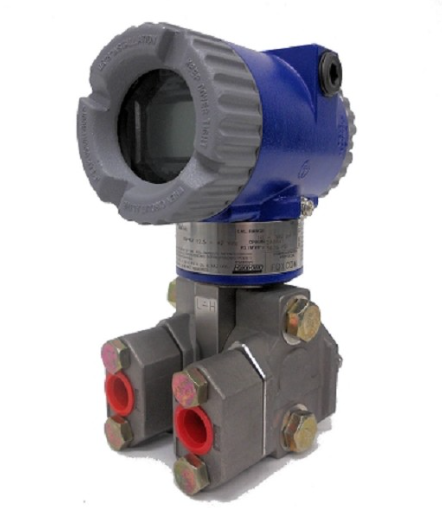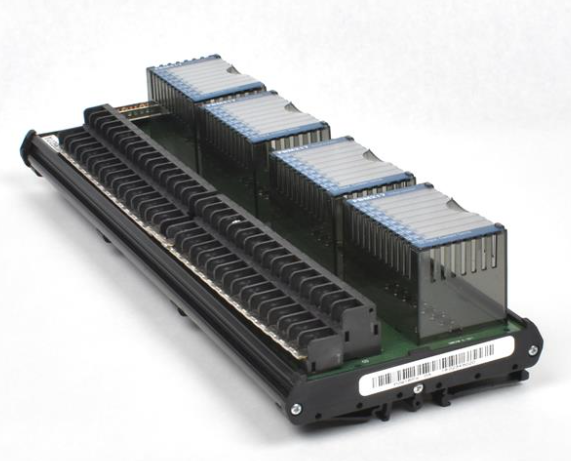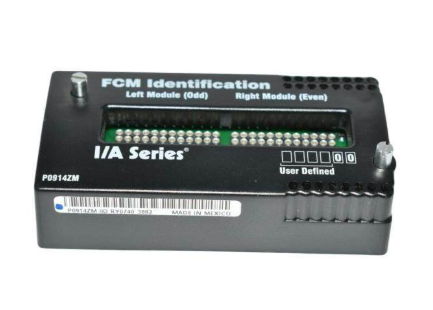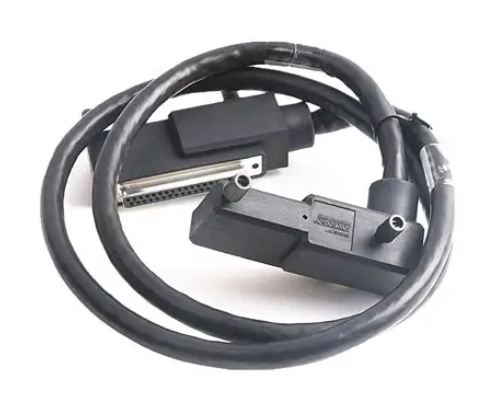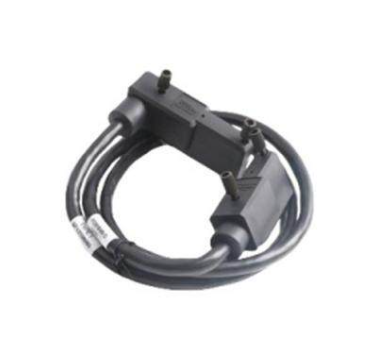Development status and prospect analysis of tower solar thermal power generation technology in China
1 Technical characteristics of tower solar thermal
Power generation principle: The heliostat is used to focus the sunlight on the heat absorber located at the top of the heat collection tower, heat the heat transfer medium in the heat absorber to generate heat energy, and then generate high temperature steam through the heat exchange system to drive the turbine to generate power. The composition of tower solar energy mainly includes: heliostat, heat absorber, heat exchanger, high and low temperature storage tank, heat collection tower, turbine generator set and so on. The heat transfer working medium can be air, water/steam or molten salt.
The energy concentration process of the tower technology is completed by reflecting the light at one time, the method is simple and effective, and the concentration ratio is high, and it is easy to reach a relatively high working temperature. The more the number of heliostat in the mirror field, the greater the concentration ratio, the higher the heat collection temperature of the heat absorber, and the higher the photothermal conversion efficiency.

2 Development status of tower solar thermal power generation at home and abroad
2.1 Foreign Countries
In 1950, the former Soviet Union designed the world's first small tower solar thermal power generation test power station, and conducted basic exploration and research on solar thermal power generation technology. During the 10 years from 1981 to 1991, due to the impact of the oil crisis, alternative energy technology rose in the world, and other industrial developed countries also invested in the construction of a number of experimental power stations.
According to incomplete statistics, at that time, more than 20 megawatt-level solar thermal power test stations of various forms with an installed capacity of more than 500kW were built around the world, of which tower power stations were the main form with a maximum power generation of 80MW. Because the investment per unit capacity is too large, the construction of solar thermal power stations is gradually cold.
In the past two years, solar thermal power generation has once again become a hot investment spot in the field of international renewable energy. Relevant data show that the global trend of new clean energy investment to large-scale solar thermal power generation is becoming increasingly obvious, the scale of project construction is also getting larger and larger, more and more businesses will focus on tower solar thermal power generation.
At present, the international Tower solar thermal power stations that have been put into commercial operation are PS10, PS20 and Gemasolar in Spain, and SierraSun Tower power station, Ivanpah power station and Crescent Sand Dune power station in the United States.
Gemasolar is the world's first 24-hour continuous power generation tower solar thermal power station, officially put into operation in October 2011, installed capacity of 19.9 megawatts, annual power generation of 110 million degrees, annual operating hours of 6450 hours. The concentrator system of Gemasolar power station consists of more than 2,600 concentrator panels spread over 185 hectares of open space. The light energy received by the individual mirror plates is accumulated in a central receiver, which heats the molten salt tank and forms high-temperature pressurized vapors through heat conduction to drive a turbine to generate electricity.
Ivanpah is currently the largest tower power station, officially connected to the grid on February 13, 2014, with a total installed capacity of 392MW, consisting of three tower power stations with installed capacity of 133MW, 133MW and 126MW respectively, with an annual generating capacity of 1079GWh.
Ivanpah Power Station has a maximum installed capacity of 133MW per tower, which is the first time to realize the development of a 100-MW tower power station, and verifies the feasibility of large-scale development of tower power stations from the practical level. Ivanpah is a water-working medium photothermal power station without heat storage system. Due to local water shortage, an air-cooling system is adopted, and the water consumption per KWH is 0.11L, which greatly saves water consumption compared with the water-cooling system.
The New Moon Dune Power Station in the United States is the world's first 100MW molten salt tower power station. It was connected to the grid on February 22, 2016, with an installed capacity of 110MW and a 10-hour heat storage system. The designed annual power generation capacity is 500,000 MWh. As the first 100 MW commercial large-scale tower molten salt power plant, the current power generation situation of Crescent Dune has not reached the expected design.

2.2 Domestic
Compared with foreign countries, China's solar thermal power generation is still in the initial stage of industrialization, and the mastery and research of its technology lag behind. In order to explore the research and development of tower solar thermal power generation system, the first 70kW tower experimental demonstration power station in China began construction in 2004 with the support of Nanjing Science and Technology Bureau. The heliostat field of the power station consists of 32 sets of 20m2 heliostat, the heat collection tower is 33m high, and the heat absorber is provided by Israel with pressure cavity receiver.
Beijing Yanqing Tower Experimental Demonstration Power Station, jointly designed and built by the Institute of Electrical Engineering of the Chinese Academy of Sciences and other units, successfully generated electricity for the first time in August 2012, with an installed capacity of 1MW. The heliocaptor consists of 100 sets with an area of 100m2, the heat collection tower is 118m high, and the cavity type heat absorber is adopted. The heat transfer medium is water/steam. The power station is the first MW-class tower solar power station independently developed, designed and built in China.
Delingha 50MW tower solar thermal Power Station Phase I 10MW project of China Control Group is the first commercial demonstration power station of tower power generation in China, officially put into operation in July 2013, the power station is divided into east and west towers of 5MW each, the mirror field is composed of 30,000 2m2 heliocorters. In order to promote the commercialization of the tower molten salt technology, the molten salt system transformation of the 10MW project is currently under way.
The first flight of energy saving Dunhuang 10MW molten salt tower power station started construction at the end of August 2014, is currently in the installation and commissioning period, the project with heat storage 15 hours design, if completed on schedule, will be China's first tower solar thermal power station with heat storage, its heliostat structure design is similar to Gemasolar power station, composed of 35 mirrors, According to the order of 5×7, a single heliostat lighting area of 120 square meters, a total of 1525 sets of heliostats.
3 Key Technologies
3.1 Heliostat and its control technology
Heliostat is the concentrating unit of the tower solar thermal power generation system, which accurately reflects the solar radiation to the heat absorber on the top of the concentrating tower through the tracking system. In order to ensure the normal and efficient operation of the whole system, the heliostat must have high reflectance and positioning accuracy. Because of its long-term exposure to the outdoor environment, it also needs to have certain corrosion resistance, wear resistance, deformation resistance, easy cleaning and other characteristics. The mirror field cost generally accounts for 40% to 50% of the investment cost of the entire tower solar thermal power station.
At present, research on tower heliostat mainly focuses on structural design and mechanical analysis of heliostat bracket, weather resistance of silver-coated mirror, combination of bracket and mirror, high-precision transmission system and control system, and optimization design of heliostat field [2].
3.2 Endothermic materials and equipment
In the tower solar thermal power generation, the solar receiver is the key to achieve power generation, which directly converts the solar energy captured, reflected and focused by the heliostat into available high temperature heat energy, providing a power source for the generator set, so as to achieve thermal power generation. According to the structure of the heat absorber, it is divided into tubular heat absorber and volumetric heat absorber. The heat absorption and heat transfer medium mainly includes water/steam, molten salt and air. At present, tubular molten salt heat absorber is widely favored by the industry.

The advantage of the tubular solar receiver is that it can receive the reflected and focused sunlight from the heliostat around the tower in a 360° range, which is conducive to the layout design of the heliostat mirror field and the large-scale utilization of solar energy. The internal structure design of the heat absorber, the research on the high temperature resistance and corrosion resistance of the metal material of the heat exchange tube, the research on the high temperature resistant selective absorbing coating material of the tube wall, the high temperature decomposition and corrosion of the molten salt in the heat absorber and the low temperature solidification are the key core technologies.
3.3 Heat transfer and storage technology
Molten salt is often used as heat storage and heat transfer medium in tower solar thermal power stations. The flow and heat transfer characteristics of molten salt are directly related to the design and arrangement of heat storage and heat transfer circulation system. The key technologies of molten salt heat storage and heat transfer include the development of low-temperature molten salt, the preparation of high-temperature heat storage materials, and the design and arrangement of molten salt heat transfer and heat storage system equipment [3,4].
In particular, the preheating and insulation, dredging and plugging technology of the pipeline system of the heat transfer and storage unit, the design and manufacture of the high-flow high-temperature molten salt pump that can work stably for a long time at a working temperature above 600℃, and the reliability of the whole molten salt system are still the focus of the research of the tower solar thermal power station.
4 Development prospect of tower solar thermal power generation in China
4.1 Advantages of China's development of tower solar thermal power generation
China is very rich in solar energy resources, the Qinghai-Tibet Plateau, Xinjiang, Inner Mongolia, Gansu and other places are high radiation areas of solar energy, of which about 800,000 square kilometers of desert areas are the most abundant solar energy resources, the development of tower solar thermal power generation project has obvious environmental advantages.
According to the calculation of the thermal power conversion efficiency of 35%, the more than 800,000 square kilometers of desert, only 1/8 of the area, can produce enough electricity to meet China's electricity consumption for 1 year. Therefore, the development of solar power generation in our country is very feasible and necessary, and has very important strategic significance for alleviating the situation of energy shortage and environmental deterioration in our country.
In April 2014, the National Energy Administration held the "solar thermal power generation demonstration project technical requirements and application report outline consultation discussion", to determine the demonstration project using trough and tower heat collection methods, considering the project scale and efficiency and other characteristics, demonstration projects in accordance with the single capacity of 50MW and above grade construction, and put forward requirements for different solar technology heat storage capacity.

At present, the National Energy Administration has basically determined the schedule of the development of China's solar thermal power generation industry, that is, first through the model price policy to support the completion of a number of commercial demonstration projects, after entering the large-scale development and construction stage.
"Large capacity, high parameter, continuous power generation" is the trend of solar thermal power generation in the future. Ivanpah and Crescent Dune have verified the feasibility of large-scale development of tower power plants with engineering examples, and the overall efficiency of tower power plants is much higher than that of trough power plants, especially in the environment of large temperature difference between day and night in western China.
4.2 Problems in the development of tower solar thermal power generation in China
From the overall development stage, China's tower solar thermal power generation technology is still in the initial stage of demonstration projects, in the solar thermal power generation materials and equipment, China and foreign gap of about 5 years, in the power station integration, service, and the gap with foreign countries.
Only 1MW Badaling Yanqing Power Station and 10MW Delingha Power Station have been completed [5]. At present, there is no other clear policy to promote the industrialization and marketization of solar thermal power generation, and the policy environment for solar thermal power generation urgently needs to be improved.
China's development of tower solar thermal power generation still lacks some key technologies such as heliostat coating material, heat absorption tube and coating material on the heat absorber, heat absorption equipment, high temperature molten salt pump and other manufacturing technologies. These technologies are classified and difficult to introduce.
In addition, the overall system design capability and integration technology of the tower power station, the simulation and control technology of the solar thermal power station system have just started, lack of power station construction and operation experience and ability, and most foreign technologies are in the demonstration stage.
The applicability of foreign technology to our special climate conditions still needs to be verified. Due to the high altitude, strong wind, sand and other climatic characteristics in China's "three North" areas and the Qinghai-Tibet Plateau, the distribution of DNI is also very different, and it is difficult for Spanish or American technologies to be directly applied in China, so it is necessary to adjust foreign technologies accordingly or conduct independent research and development.
Tower solar thermal power generation is a typical capital and technology intensive, its economy and competitiveness still need to be improved. At present, the cost of tower power generation is still relatively high, in addition to the need for continuous progress in technology, but also the need for key equipment localization to reduce costs.
5. Conclusion
Accelerate the introduction of electricity price policy or electricity price guidance opinions, according to the distribution of light resources in China, the establishment of local solar thermal power station construction standards, such as installed capacity and energy storage time, is not limited to electricity prices, should include land use, grid access, loan concessions and other supportive policies or opinions. The policy of solar thermal power generation should focus on how to cultivate industrialization and reduce the cost of power generation.

The government has taken the initiative to promote the construction of a number of demonstration projects, and introduced some feasible preferential policies for demonstration projects, such as giving certain subsidies or preferential policies to owners using localized key equipment; Encourage supporting industrial chains to promote cost reduction; Emphasis is placed on encouraging the manufacturing of key equipment and components and the research and development of system integration technologies.
In the early stage of the development of solar thermal power industry, there are huge profit margins and huge risks, in view of the technical difficulty and cost factors of tower solar thermal power generation, it is recommended to gradually promote the construction of solar thermal power stations with a plan. Learn from photovoltaic, wind power and other experiences and lessons to prevent large-scale rush to build power stations, the government and relevant units should be able to play an effective control and supervision role.
China's tower solar thermal power generation technology to enter a good industrial environment, need construction units, scientific research units, equipment manufacturing units and other joint efforts. The research of solar thermal power generation project belongs to a systematic and strong project, all walks of life hold an open mind, mainly to the end application, and the effective cooperation between production, learning and research can make the innovation and industrialization of tower power generation get considerable development.
In addition, the use of China's huge industrial and production capacity advantages, to find a suitable business model and foreign joint scientific and technological innovation, accelerate the process of China's tower thermal power generation, to achieve a win-win situation.
- EMERSON
- Honeywell
- CTI
- Rolls-Royce
- General Electric
- Woodward
- Yaskawa
- xYCOM
- Motorola
- Siemens
- Rockwell
- ABB
- B&R
- HIMA
- Construction site
- electricity
- Automobile market
- PLC
- DCS
- Motor drivers
- VSD
- Implications
- cement
- CO2
- CEM
- methane
- Artificial intelligence
- Titanic
- Solar energy
- Hydrogen fuel cell
- Hydrogen and fuel cells
- Hydrogen and oxygen fuel cells
- tyre
- Chemical fiber
- dynamo
- corpuscle
- Pulp and paper
- printing
- fossil
- FANUC
- Food and beverage
- Life science
- Sewage treatment
- Personal care
- electricity
- boats
- infrastructure
- Automobile industry
- metallurgy
- Nuclear power generation
- Geothermal power generation
- Water and wastewater
- Infrastructure construction
- Mine hazard
- steel
- papermaking
- Natural gas industry
- Infrastructure construction
- Power and energy
- Rubber and plastic
- Renewable energy
- pharmacy
- mining
- Plastic industry
- Schneider
- Kongsberg
- NI
- Wind energy
- International petroleum
- International new energy network
- gas
- WATLOW
- ProSoft
- SEW
- wind
- ADVANCED
- Reliance
- YOKOGAWA
- TRICONEX
- FOXBORO
- METSO
- MAN
- Advantest
- ADVANCED
- ALSTOM
- Control Wave
- AB
- AMAT
- STUDER
- KONGSBERG
- MOTOROLA
- DANAHER MOTION
- Bently
- Galil
- EATON
- MOLEX
- Triconex
- DEIF
- B&W
- ZYGO
- Aerotech
- DANFOSS
- KOLLMORGEN
- Beijer
- Endress+Hauser
- MOOG
- KB
- Moxa
- Rexroth
- YAMAHA
- Johnson
- Westinghouse
- WAGO
- TOSHIBA
- TEKTRONIX


Email:wang@kongjiangauto.com

